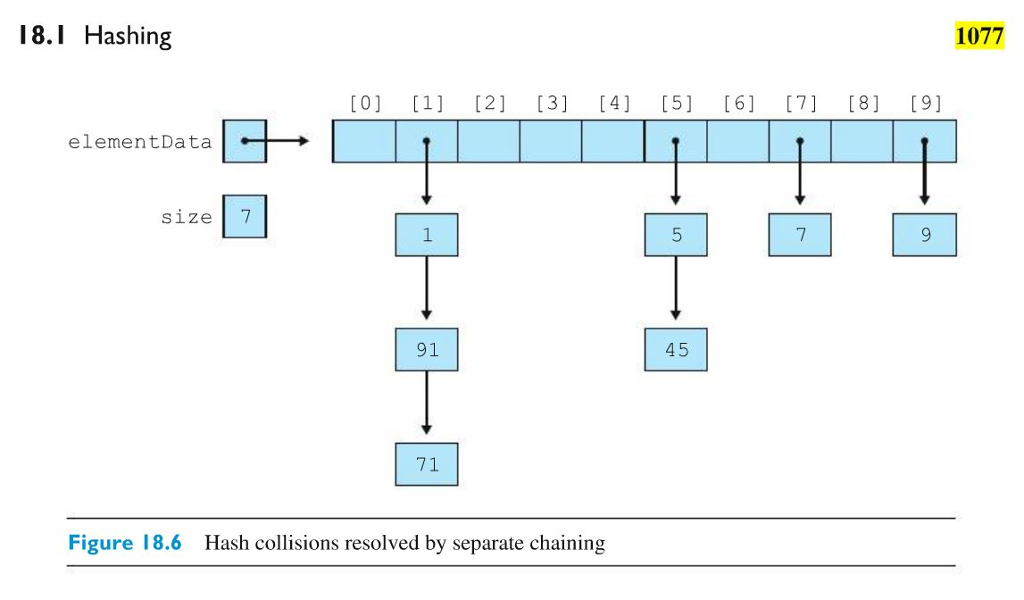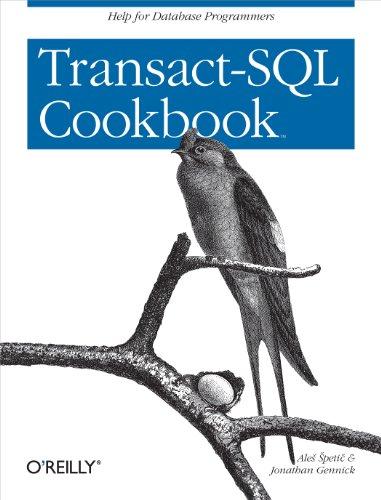Question
Need help with this. Your task: Write a method (or more) in the provided HashSet.java that is called .toString2() which provides a String return that
Need help with this.

Your task: Write a method (or more) in the provided HashSet.java that is called .toString2() which provides a String return that will print similar to above display. This means your return String will need spaces and line feeds to achieve the desired result. Keep your data left-justified under each index, and assume a fixed spacing of 10 char is enough for the display of each piece of data.
For the example shown above {1,91,71,5,45,7,9} has seven pieces of data, so adding a couple more elements will force it to re-hash and create a very different output. Once you see and understand why toString() and toString2() are totally different, then hopefully that HashMap we used back in Chapter 11 will make some sense. And you might even realize that {1,91,71,5,45,7,9} might not really build what's shown above (i.e. order matters, try {71,91,1,45,5,7,9};

public class HashSet
private static final double MAX_LOAD_FACTOR = 0.75;
private HashEntry
private int size;
// Constructs an empty set.
@SuppressWarnings("unchecked")
public HashSet() {
elementData = new HashEntry[10];
size = 0;
}
// ADD METHODS HERE for exercise solutions:
// Adds the given element to this set, if it was not already
// contained in the set.
public void add(E value) {
if (!contains(value)) {
if (loadFactor() >= MAX_LOAD_FACTOR) {
rehash();
}
// insert new value at front of list
int bucket = hashFunction(value);
elementData[bucket] = new HashEntry
size++;
}
}
// Removes all elements from the set.
public void clear() {
for (int i = 0; i
elementData[i] = null;
}
size = 0;
}
// Returns true if the given value is found in this set.
public boolean contains(E value) {
int bucket = hashFunction(value);
HashEntry
while (current != null) {
if (current.data.equals(value)) {
return true;
}
current = current.next;
}
return false;
}
// Returns true if there are no elements in this queue.
public boolean isEmpty() {
return size == 0;
}
// Removes the given value if it is contained in the set.
// If the set does not contain the value, has no effect.
public void remove(E value) {
int bucket = hashFunction(value);
if (elementData[bucket] != null) {
// check front of list
if (elementData[bucket].data.equals(value)) {
elementData[bucket] = elementData[bucket].next;
size--;
} else {
// check rest of list
HashEntry
while (current.next != null && !current.next.data.equals(value)) {
current = current.next;
}
// if the element is found, remove it
if (current.next != null && current.next.data.equals(value)) {
current.next = current.next.next;
size--;
}
}
}
}
// Returns the number of elements in the queue.
public int size() {
return size;
}
// Returns a string representation of this queue, such as "[10, 20, 30]";
// The elements are not guaranteed to be listed in sorted order.
public String toString() {
String result = "[";
boolean first = true;
if (!isEmpty()) {
for (int i = 0; i
HashEntry
while (current != null) {
if (!first) {
result += ", ";
}
result += current.data;
first = false;
current = current.next;
}
}
}
return result + "]";
}
// Returns the preferred hash bucket index for the given value.
private int hashFunction(E value) {
return Math.abs(value.hashCode()) % elementData.length;
}
private double loadFactor() {
return (double) size / elementData.length;
}
// Resizes the hash table to twice its former size.
@SuppressWarnings("unchecked")
private void rehash() {
// replace element data array with a larger empty version
HashEntry
elementData = new HashEntry[2 * oldElementData.length];
size = 0;
// re-add all of the old data into the new array
for (int i = 0; i
HashEntry
while (current != null) {
add((E)current.data);
current = current.next;
}
}
}
// Represents a single value in a chain stored in one hash bucket.
@SuppressWarnings("hiding")
private class HashEntry
public E data;
public HashEntry
@SuppressWarnings("unused")
public HashEntry(E data) {
this(data, null);
}
public HashEntry(E data, HashEntry
this.data = data;
this.next = next;
}
}
}
I 8.I Hashing 1077 [0] [1] [2] 3 4 [5] [6] 7 [8] [9] element Data size 7 91 71 Figure 18.6 Hash collisions resolved by separate chainingStep by Step Solution
There are 3 Steps involved in it
Step: 1

Get Instant Access to Expert-Tailored Solutions
See step-by-step solutions with expert insights and AI powered tools for academic success
Step: 2

Step: 3

Ace Your Homework with AI
Get the answers you need in no time with our AI-driven, step-by-step assistance
Get Started


